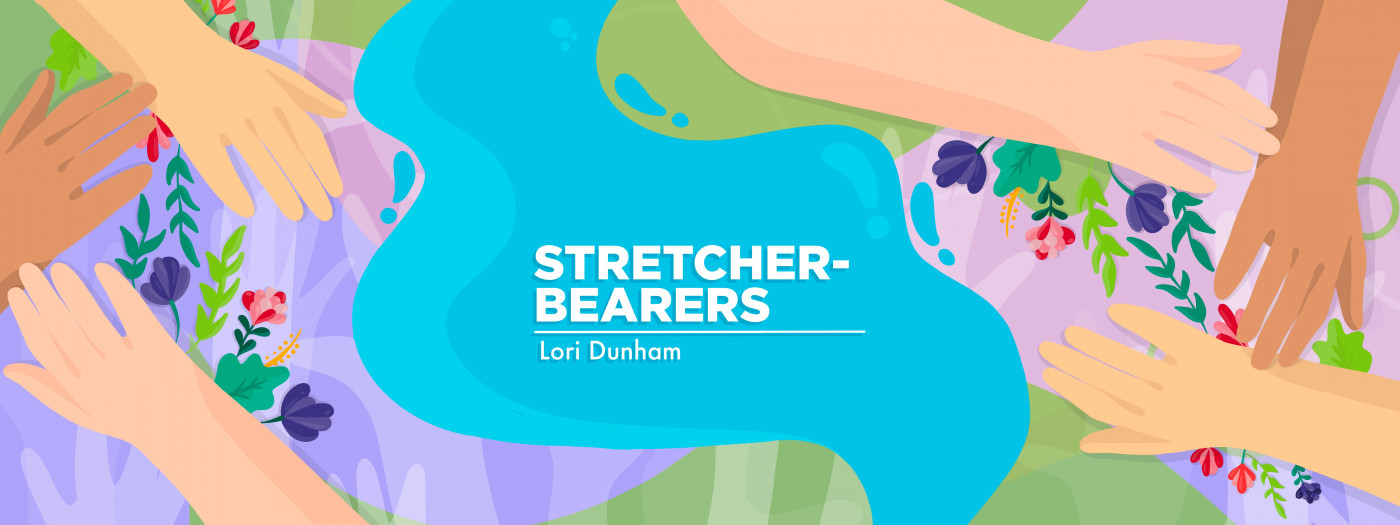Advocacy, community connections top highlights of recent conference
A daughter with LEMS finds her voice at a scientific conference

Recently, my daughter Grace and I had the privilege of attending the Muscular Dystrophy Association’s MDA Clinical & Scientific Conference in Dallas. It was an honor for us to represent the Lambert-Eaton LEMS Family Association, along with three other members of the Lambert-Eaton myasthenic syndrome (LEMS) community.
Our table was in the patient-advocacy pavilion, where we, along with other similar groups, connected with those in the medical community.
The conference was attended by neurologists from all over the country. The heads of neuroscience departments at prestigious universities, pharmaceutical companies, and many more organizations were in attendance. It was truly amazing to see the vast number of people who have devoted their life’s work to the betterment of those with muscular dystrophy and other neuromuscular diseases.
Becoming an advocate
On a personal level, it was a great opportunity for Grace, who has LEMS and turned 18 the week before the conference. It was the perfect time for her to find her voice. The experience helped her move from a passive posture — with LEMS being thrust upon her during her teen years — to a more proactive one, as she recognized her ability to advocate for herself and others.
Many people stopped by our table, and the members of our team enthusiastically shared their stories of living with LEMS. Several visitors admitted that they had only heard of LEMS while in medical school. Everyone was receptive to learning about LEMS and what life is like while living with it.
The work continues
Located in the back of the room were several posters displaying row after row of studies being conducted on everything from limb-girdle muscular dystrophy to myasthenia gravis. This section of the conference fascinated me. So many studies are currently being conducted all over the country and the world.
One person shared some of his research on an investigational LEMS treatment currently being tested in mice, with positive results so far.
All of these interactions and shared knowledge encouraged me so much. It gave me a glimpse behind the scenes and showed me that work is being done by many people to give my daughter and others a better quality of life.
The potential for new treatments is there. Work is being done even when we don’t see it. There is an entire community of people out there working for the LEMS community. Their effort, time, money, and knowledge will improve our lives and those of our loved ones. How exciting is that?
Note: Lambert-Eaton News is strictly a news and information website about the disease. It does not provide medical advice, diagnosis, or treatment. This content is not intended to be a substitute for professional medical advice, diagnosis, or treatment. Always seek the advice of your physician or other qualified health provider with any questions you may have regarding a medical condition. Never disregard professional medical advice or delay in seeking it because of something you have read on this website. The opinions expressed in this column are not those of Lambert-Eaton News or its parent company, Bionews, and are intended to spark discussion about issues pertaining to Lambert-Eaton myasthenic syndrome.








Leave a comment
Fill in the required fields to post. Your email address will not be published.